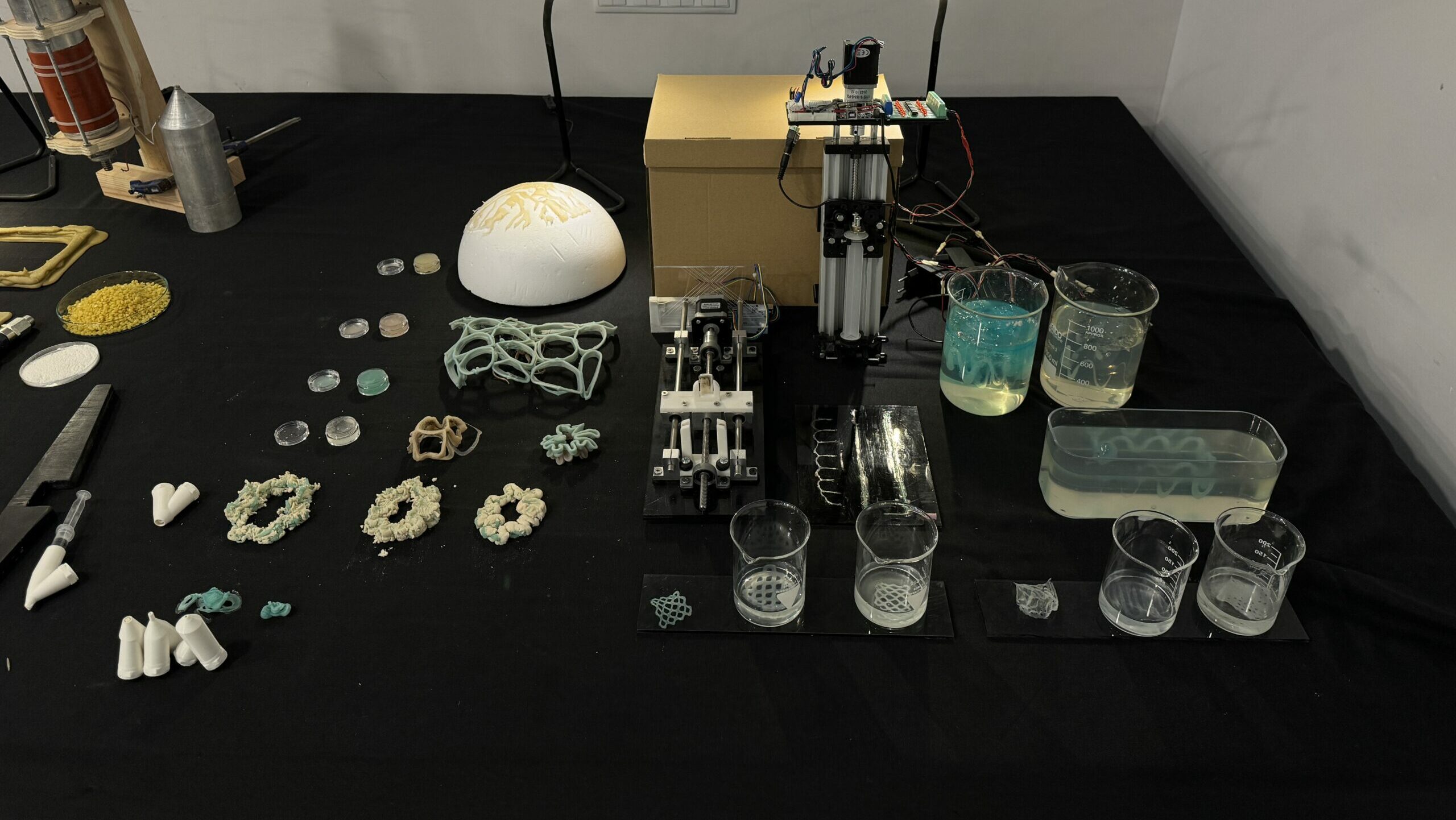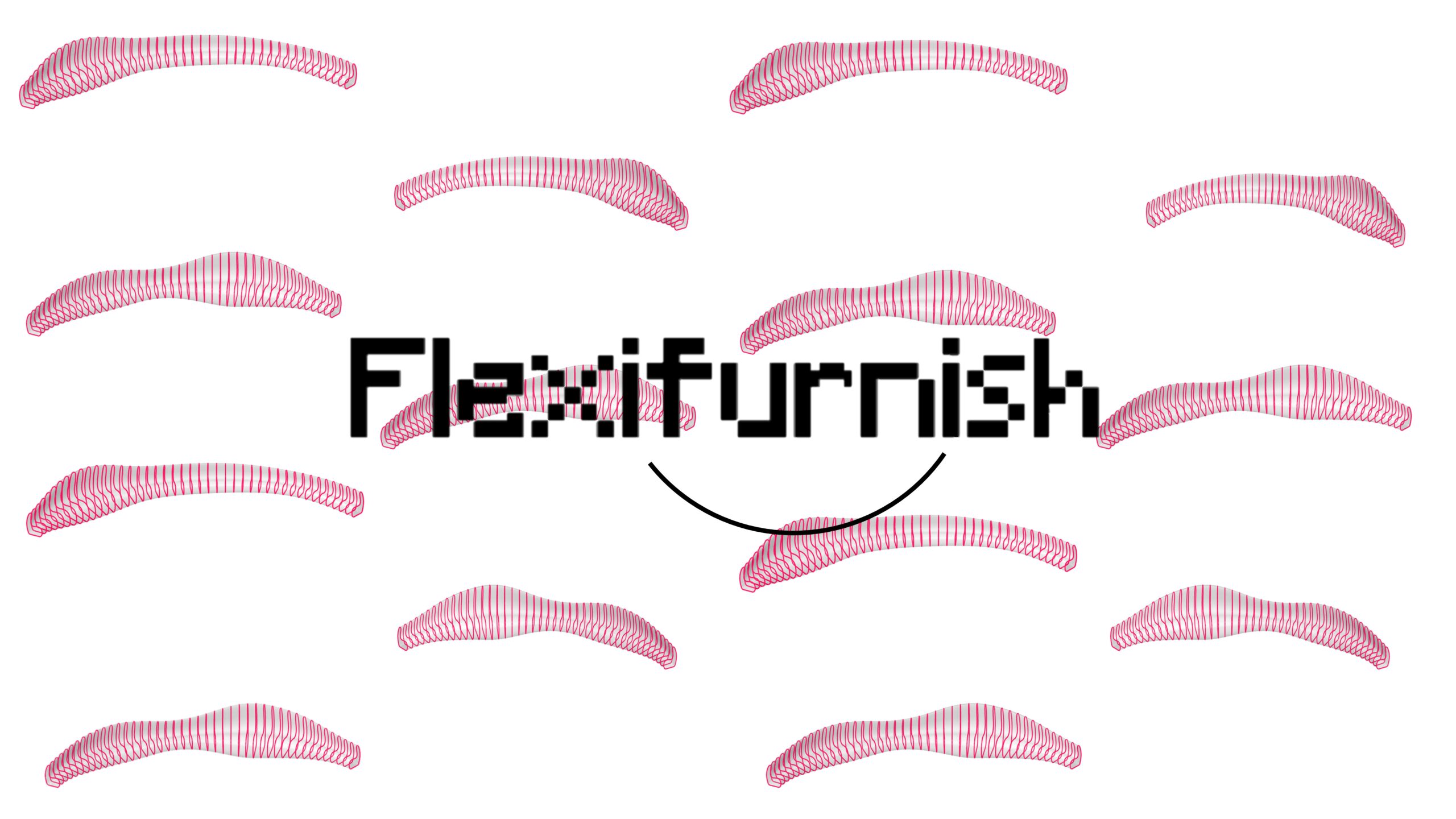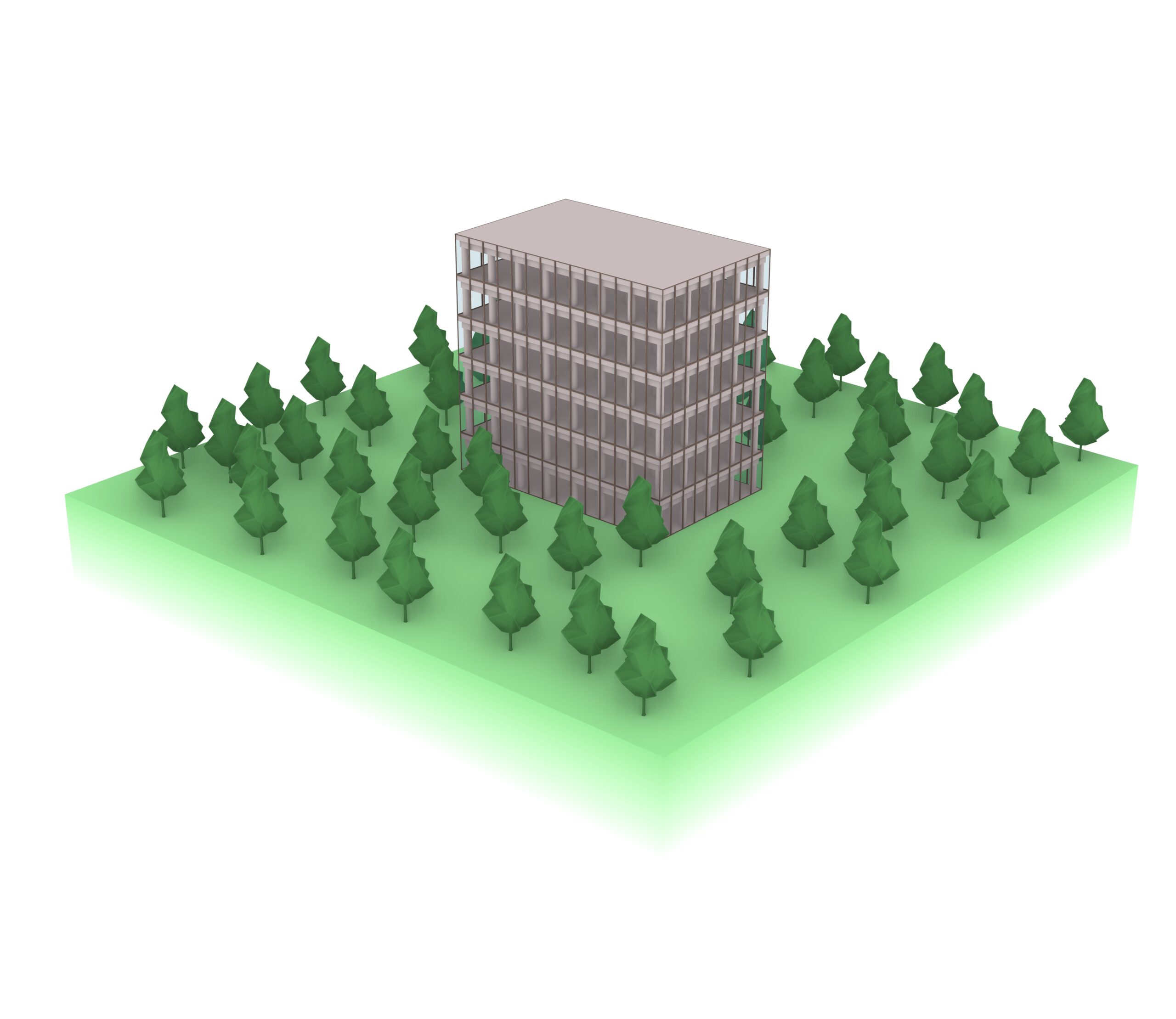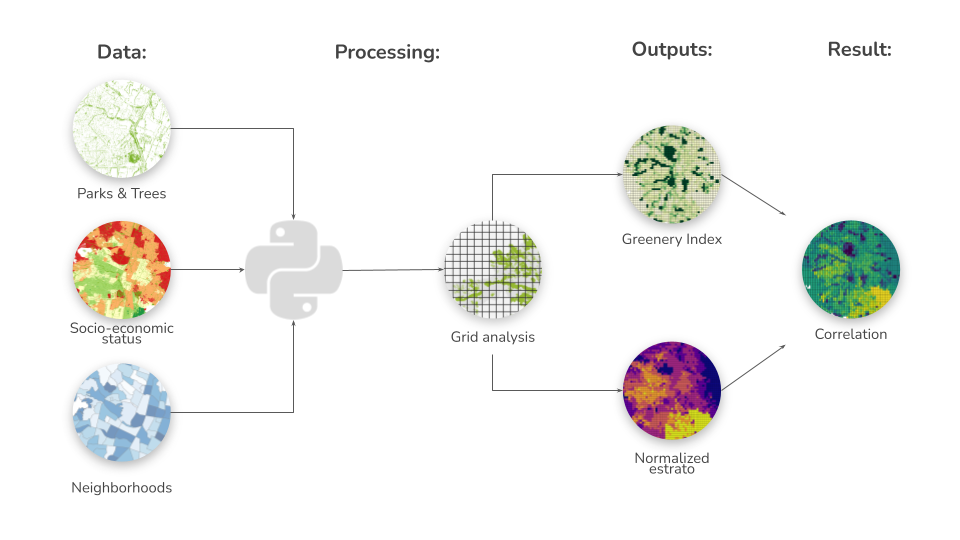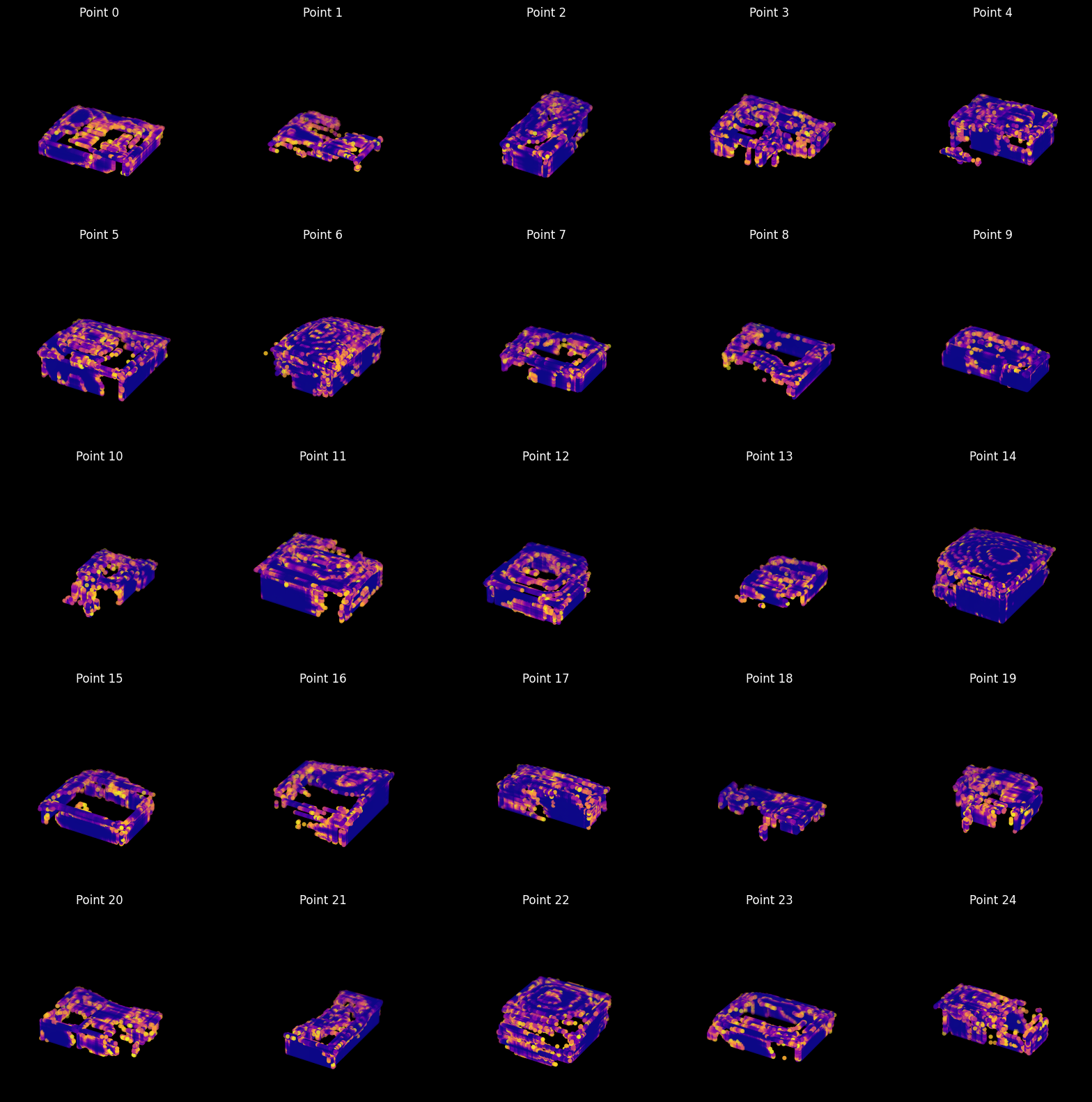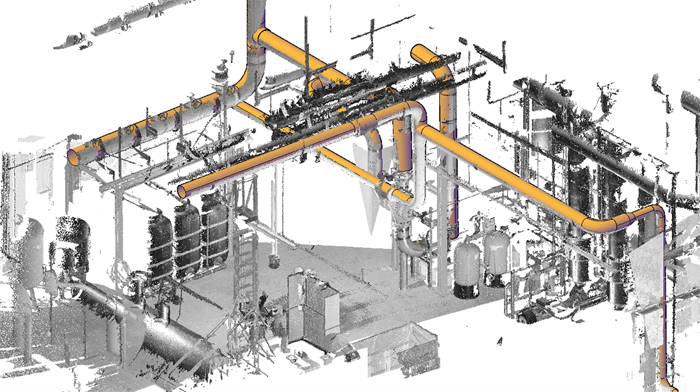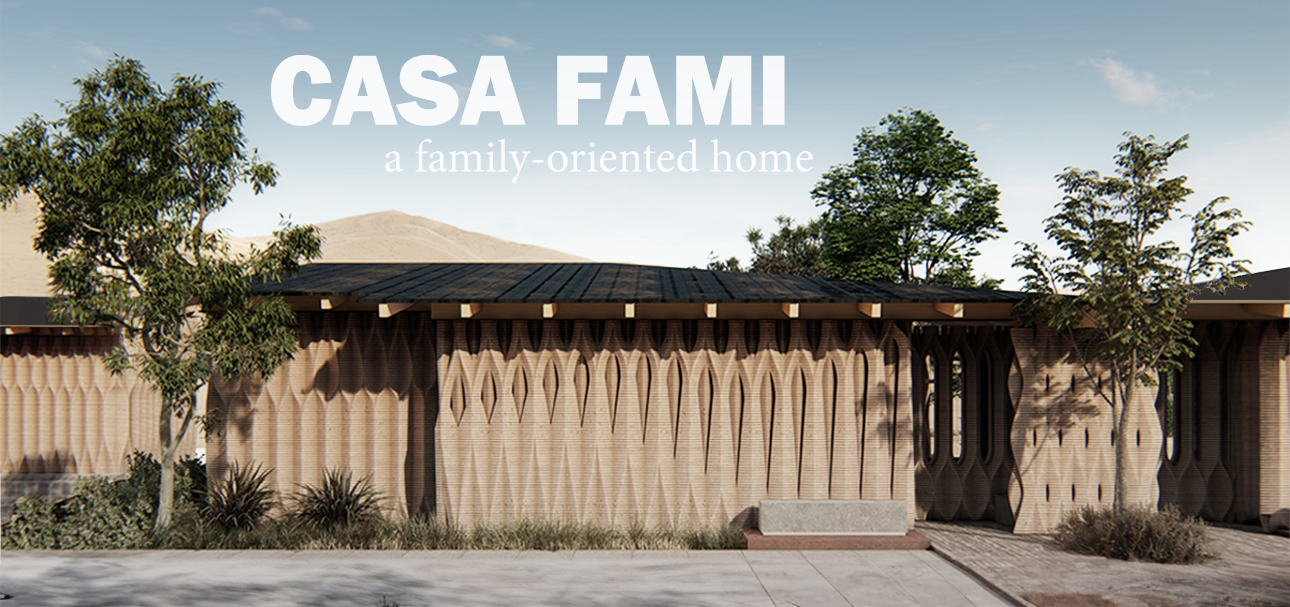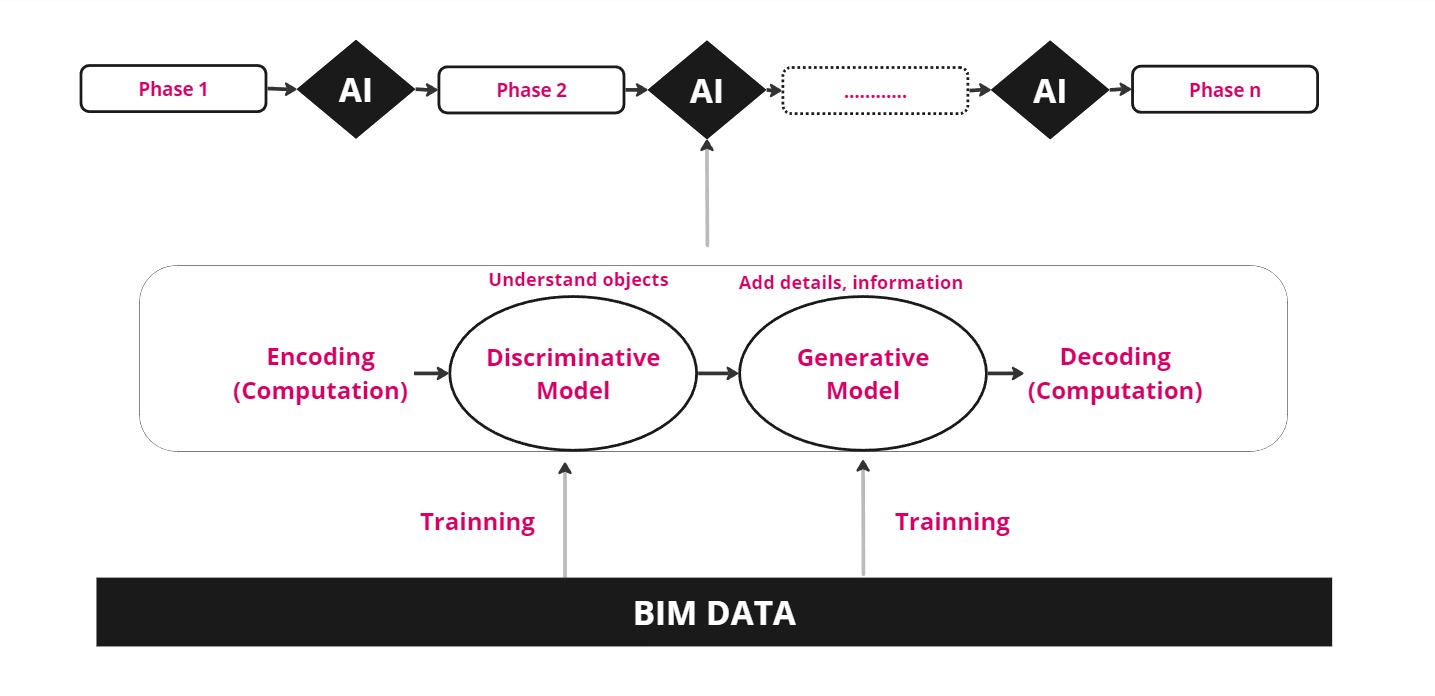Tetris Town – Project Media
At the project media class, we were introduced to the various ways of presenting any project by means of different types of storytelling. We were shown that videomaking alone offers countless pathways to telling one’s story. To name just a few, this may be done by documenting the whole design process by videoing it, by … Read more
City in Motion: Analyzing People Movement with Agent-Based Modeling
In the realm of urban design, understanding movement behaviors is paramount for creating efficient and people-centric city layouts. In this individual project, I delve into the intricacies of movement behaviors using computational tools and techniques, including agent-based modeling. By incorporating the loop evaluate field amplitude tool and employing vector display, scalar fields, heat maps, and … Read more
Flexifurnish Chronicles: A Journey of Democratizing Design
Inspiration The allure of creating twisted and turned buildings and waved settings with great ease had made me embark on the journey of learning the modeling tool of rhino and then pushing the envelope to parametrize it, so as soon the script is set up I could design multiple iterations using Grasshopper. When presented with … Read more
DeCARB
Introducing DeCARB: An easy-to-use tool that calculates Embodied Carbon, End-of-Life Carbon, and Total Cost for any rectangular massing geometry. Quantifying emissions from material extraction to disposal can guide architects and engineers in selecting low-carbon materials and methods early in the design process. With a focus on reducing environmental impact and aligning with green building standards, … Read more
Unequal Blooms: Studying socioeconomic realities of Medellín’s “Eternal Spring”
Introduction In recent decades, the importance of urban green spaces and their potential impact on various aspects of urban life has gained significant attention from policymakers, urban planners, and researchers worldwide. The creation and maintenance of green spaces within urban environments have been associated with numerous benefits, including environmental sustainability, physical and mental health improvements, … Read more
Oasis
Integrating Radiation Shielding for a Safe and Sustainable Urban Environment Radiation is a threat in many industries, from space exploration to medical imaging. Effective design must take into account the unique challenges presented by radiation. MASTER IN ADVANCED COMPUTATION FOR ARCHITECTURE & DESIGN 2023/2024 Faculty: ARETI MARKOPOULOU & NIKOL KIROVA STUDENT : Darkhan Kadirov
IN PURSUIT OF IDENTITY
Looking at these before-after photos the first word that comes to mind is fragility: the fragility of its former identity, the frugality of a particular type of life, the fragility of the built environment. Through demolishing and constructing new buildings we are endowing the place with new meanings and new ways of relating to the … Read more
THERMO CHILL – A WEB APPLICATION
INTRODUCTION As we all know that Global warming, caused by the greenhouse effect, is leading to an increase in Earth’s average temperature and the rise in sea levels. Due to the increase in temperature, we are succumbed to high indoor discomfort. Which can be correct by different air conditioning systems. This leads to the increase … Read more
Customizing Comfort
Harnessing parametric design for personalized living spaces In contemporary furniture markets, there is a growing demand for customized solutions that cater to individual preferences, including personalized dimensions, materials, and other specifications. Have you ever been in a situation where you went furniture shopping and you see the bookshelf of your dreams, but sadly 125cm in … Read more
Scan to BIM: ML tools for MEP component recognition
Source: www.kubit-software.com Topic brief The research is investigating the potential benefits of integrating state-of-the-art machine learning (ML) tools in Scan-to-BIM for mechanical, electrical and plumbing parts (MEP) recognition. Recent advancements in ML can enhance construction phase and post-construction maintenance. The use of these tools can be critical to create accurate as-built models to automate the … Read more
CASA FAMI
A Family-Oriented Home While investigating demographics in Austin, we found that more than one quarter of the families there are single-parent households. Of these, the vast majority are single mothers. With these statistics in mind we arrived at three design considerations: the needs of a single parent household, Austin’s climate, and the unique constraints and … Read more
Celestial
What is Celestial? Celestial is a cloud based web application intended for lighting and interior designers that can be utilized to generate “random” patterns of the Celeste pendant from Eureka Lighting. Celeste combines multiple coding and design languages in order to create a simple to use and time-saving tool for designers to create a unique … Read more
The Role of AI in Connecting Architecture Data
3 Pocast Episodes with Immanuel Koh, Håvard Vasshaug, and Angelos Chonics Architects often face challenges when dealing with diverse data formats and the manual recreation of forms in Building Information Modeling (BIM) software. These obstacles can result in time-consuming processes, errors, and discrepancies between design intentions and construction execution. AI tools such as LunchboxML, PlanFinder, … Read more
Do Architects Dream of Electric Sheep?
The future of architecture is being shaped by a romantic embrace of technology, exemplified by the concept of the “electric sheep.” Architects are integrating BIM, computational design, robotics and other advanced tools into their workflows, resulting in a transformative shift in design possibilities. This approach not only improves efficiency, but also fosters greater creativity and inclusivity … Read more

